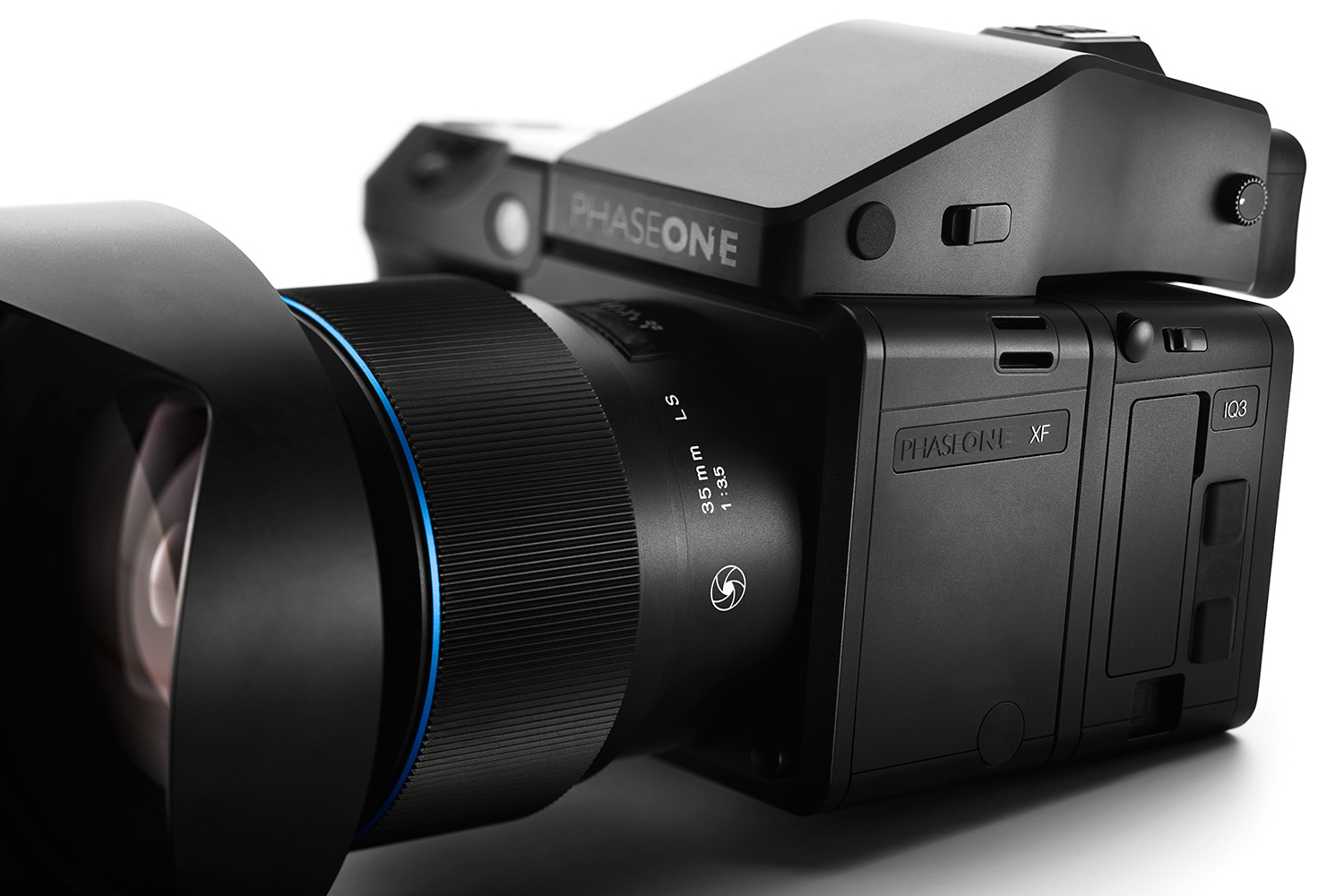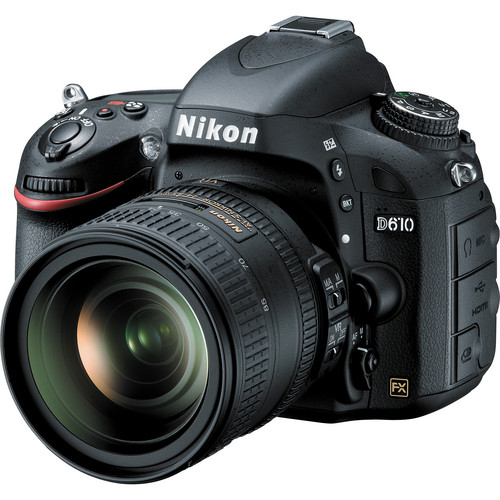
Still life photography is one of the most complex forms of photography. It can often require a huge amount of knowledge and skill, and, unfortunately, it can also require a lot of gear. Mercifully, while we may all want the latest, greatest, most expensive camera money can buy, it’s not necessary.
[REWIND: LINKED SMART OBJECTS | THE ESSENTIAL BUT UNKNOWN PHOTOSHOP TECHNIQUE]
When taking still life photos our cameras are generally placed on a tripod and don’t move for the duration of the shoot. In addition, our subjects are usually stationary, big surprise there. As such, rarely is it necessary for a still life camera to have all the bells and whistles which the latest models provide. We don’t need an advanced focusing system, the ability to shoot at high frame rates, excellent dynamic range, good high ISO noise capabilities. In fact, there are very few things a still life photographer needs from their camera.
What Makes A Good Camera For Still Life?
So what do you need? What actually makes a good camera for still life photography? Well, the fact is, you can use pretty much any camera and still take excellent photos. The majority of the work in still life photography comes in away from the camera and lens. You need a good selection of modifiers, scrims, decent strobes, light stands, tables, gold, white and black card, props and most importantly creativity.

[REWIND: IS HELICON FOCUS THE BEST FOCUS STACKING SOFTWARE? {REVIEW}]
When it comes to the actual camera there are very few essential requirements. Firstly, you need a camera with a decent number of megapixels, I’d say at least 24 but the more the better. Still life photography is all about quality and therefore we need a good number of megapixels to allow us to capture a high-quality base image. That image is then worked on in Photoshop to one degree or another. If you have too few megapixels, you’ll struggle when zooming in close to your product to do things like cleaning. On the other hand, having lots of megapixels brings its own challenges in terms of the computing power necessary to manage all the images.
Away from megapixels, everything else falls into the category of “it would be nice to have but it’s not necessary”. It would be nice to have a camera with a decent dynamic range in case you have to pull details from shadows. It would be nice to have a full frame camera, a camera that produces true 16-bit files, has a large viewfinder coverage and so on. None of these things, however, are necessary. You can create outstanding still life images with a budget cropped sensor camera. I cannot stress enough how important everything around the camera is when compared to the camera itself. That said, would I say no if someone offered me a Phase One XF 100 or Hasselblad H6D? No, of course not.
[REWIND: THE POWER OF THE SCRIM IN STILL LIFE PHOTOGRAPHY | TYPES, WHAT TO BUY, & HOW TO USE]

Budget Camera Recommendations For Still Life Photography
These cameras are about as cheap as you can get. Coming in at $399 for the Nikon and £549 for the Canon. If you wanted to go even cheaper, pick up a used or refurbished body. Can these cameras really take good still life photos? Yes, God yes! Remember the most important part of still life photography is everything that goes around the camera; your lights, modifiers and so on.
RECCOMENDATIONS – Canon EOS Rebel SL2, Nikon D3200

Mid-Level Cameras For Still Life Photography
As we go up the price range we start to get a few more of the “it would be nice to have but it’s not necessary” features. The three cameras recommended below are all full frame, offer much better high ISO noise handling, have better focusing systems etc. If you get these cameras will your photos automatically be better though? No, definitely not.
RECCOMENDATIONS – Nikon D610, Canon EOS 6D, Sony Alpha a7

Professional Level Cameras For Still Life Photography
Now we’re starting to get serious but what does an increase of $1-3k really get us? If we are strictly talking about still life photography and ignoring the camera features which you don’t need, then all this gets us, compared to mid-level camera bodies, is a significant increase in megapixels. You may be thinking “I need those megapixels so I can shoot billboard size images”. Nope. It may amaze you to hear but you could print a 24 megapixel image to billboard size and it would still look good! Check out this article for an explanation.
RECCOMENDATIONS – Nikon D810, Canon EOS 5DS R, Sony Alpha a7R II

Medium Format Cameras For Still Life Photography
This is a realm that very few of us will ever reach. When quality is of the utmost importance, medium format is where most photographers will go. Although, I have seen a comparison of a Sony A7rII and Phase One (sadly I can’t recall the model) in which the Sony was easily comparable in terms of quality. Strangely enough, one of the biggest things that shooting with this level of camera offers is prestige. It’s the ability to say to your camera ignorant clients “I’m shooting with Phase One”. Can you create the same image with almost any of the camera’s I’ve mentioned here, yup. Does that stop me wanting one of these cameras? Nope.
RECCOMENDATIONS – Hasselblad H6D-100c, Phase One XF 100
Final Thoughts On Cameras For Still Life Photography
If you’ve read this far then hopefully I’ve drilled into you the idea that the camera means very little in still life photography. Almost all the images in my portfolio were made using a Nikon D750 or Canon 5d Mk II, coupled with a range of lenses. If you’re an amateur getting into this for the first time, don’t feel that your camera will be holding you back, it will do 99% of what the higher budget cameras will. As you begin to progress you’ll find that the small differences between these cameras; megapixels, viewfinder coverage, live view quality, dynamic range and so on, begin to become important. At that point, you may find yourself coveting something a little more expensive.
[REWIND: WHAT ARE THE BEST LIGHTS FOR STILL LIFE & PRODUCT PHOTOGRAPHY?]
If nothing else, please remember that creativity is the single most important thing in still life photography. Don’t obsess about your gear, obsess about your ideas.




Get Connected!